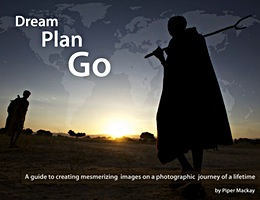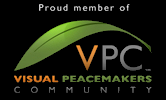 Wildlife photography is one of the most challenging genres of photography, but one of the most exciting. NOTHING is controllable; the environment, light, erratic movement of the subject, and placing yourself in the right position for everything. You must make several quick decisions in seconds with your heart usually pounding out of your chest with excitement; What is the light, what is the background, and what do my settings need to be to capture what I am feeling; sharp or creative motion, shallow depth of field or wanting the whole scene in focus, underexposed for dramatic light, overexposed for an artistic high-key effect? Even for those with great skill and experience, photographing wildlife remains a challenge, which is why when it all comes together and you “nail that shot”, it is off the charts exciting! The adrenaline rush followed by success is addicting.
Wildlife photography is one of the most challenging genres of photography, but one of the most exciting. NOTHING is controllable; the environment, light, erratic movement of the subject, and placing yourself in the right position for everything. You must make several quick decisions in seconds with your heart usually pounding out of your chest with excitement; What is the light, what is the background, and what do my settings need to be to capture what I am feeling; sharp or creative motion, shallow depth of field or wanting the whole scene in focus, underexposed for dramatic light, overexposed for an artistic high-key effect? Even for those with great skill and experience, photographing wildlife remains a challenge, which is why when it all comes together and you “nail that shot”, it is off the charts exciting! The adrenaline rush followed by success is addicting.
When digital photography first came into the market, most photographers were negative about it, but a decade later, we are all more excited than ever by the endless creativity it has brought. Unfortunately, gone are the days of flying off to an exotic location, such as Africa, and clicking the exotic subject in front of you. Fortunately, we now can be ultra creative and wildlife photographers today are pushing those creative boundaries beyond imagination. But, this also means we are keener on practicing our skills as much as possible!
Recently returning from another fantastic safari in Botswana, I was able to visually reflect on how much we were pushing those creative boundaries and how important it was to bring the skill level of at least understanding exposure and knowing your equipment well.
Botswana is full of highlights, and one of them is the Chobe River safari experience. We focus on the stretch of river that runs along the Chobe National Park, teeming with wildlife. The activity along the banks of the river is non-stop as the animals come down to drink and cross the river to the island or shores of Namibia; the bird life is extraordinary. What’s unique about the river safari is the eye-level perspective and how close we can drift to our subjects. However, even though we use state of the art custom designed photography boats with one row of seats that swivel 360 degrees with custom Gimpro flexible mounts, it still brings challenges. Specifically, compensating for more movement, the boat continues to move due to the current and ripple of the water, so you must account for this in your shutter speed. The other main issue is you are usually cruising along the shoreline with the sun lighting up your subject and, in a moment’s notice, you are swinging around to photograph elephants in the water, against the light; an extreme change in exposure!
One minute you are shooting towards the shore underexposing for the dramatic side lighting
And the next your are shooting and elephant swimming across the water and into the light, working in high-Key (spot focusing on the subject, over exposing, and blowing out the background)

One minute you are shooting fast action in beautiful morning light.

And the next, your are working the side lighting
Next you are pulled out excited by the elephants playing in the river in beautiful light,

and the next you zoom in on the details and if you are not watching, you may have lost several stops of light, causing your shutter to drop drastically, which usually results in a soft image.

Just when you think you have the rhythm of this and are excited by the level of your photography, the challenge increases with night photography; one of the fastest growing trends in wildlife photography. Let me clarify that we do not do night photography from the boat, only on land, but I am sure that will be just around the corner … LOL.
At first, the focus of night photography was from landscape photographers, but for the past few years, the top wildlife photographers have been producing mind-blowing wildlife images at night, using flash for the last of the ambient light, and spotlights when all natural light is gone. This was one of the many reasons I introduced flash to the spirit-N-Light workshop series last year and will add night photography to the Spirit-N-Light it up in 2019. There are limited places to capture such images, which is another highlight of our Botswana Safari. Although there are several conservancies where you can do night game drives, the locations are limited with quality night sightings and experienced guides working with photographers in this specialized skill. I love the challenge of this as it inspires me once again to up my game and skill level, but like all things photography, it will take a lot of practice!















Great photos! Thank you for sharing!
THank you Leslye